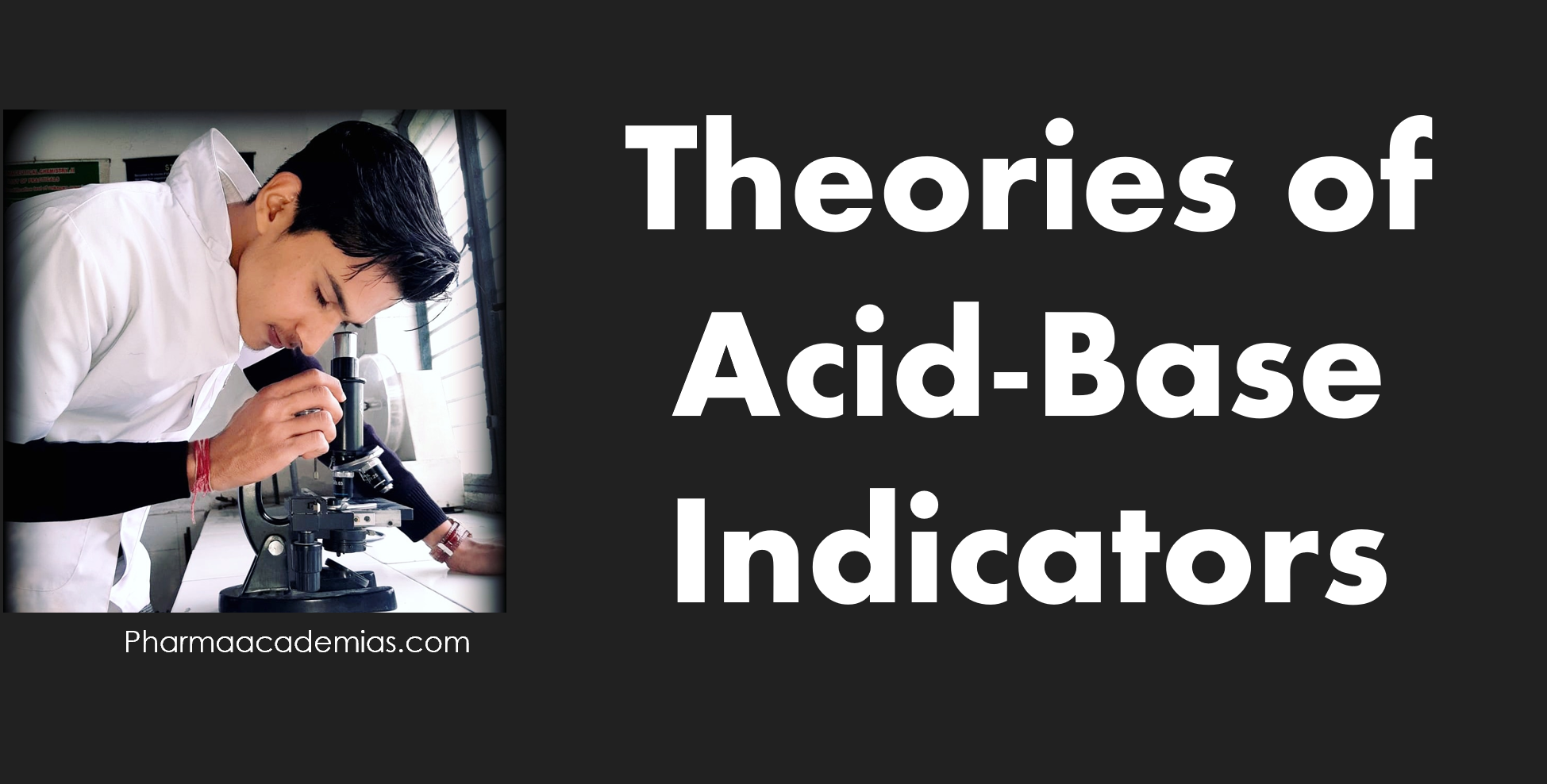Precipitation Titrations
Chemists use precipitation titrations in chemical analysis to ascertain the concentration of an analyte (the substance under investigation) by prompting it to generate a solid precipitate through its reaction with a titrant (a solution of known concentration). This approach typically concentrates on specific ions or substances that can selectively precipitate under precise and controlled conditions. … Read more










